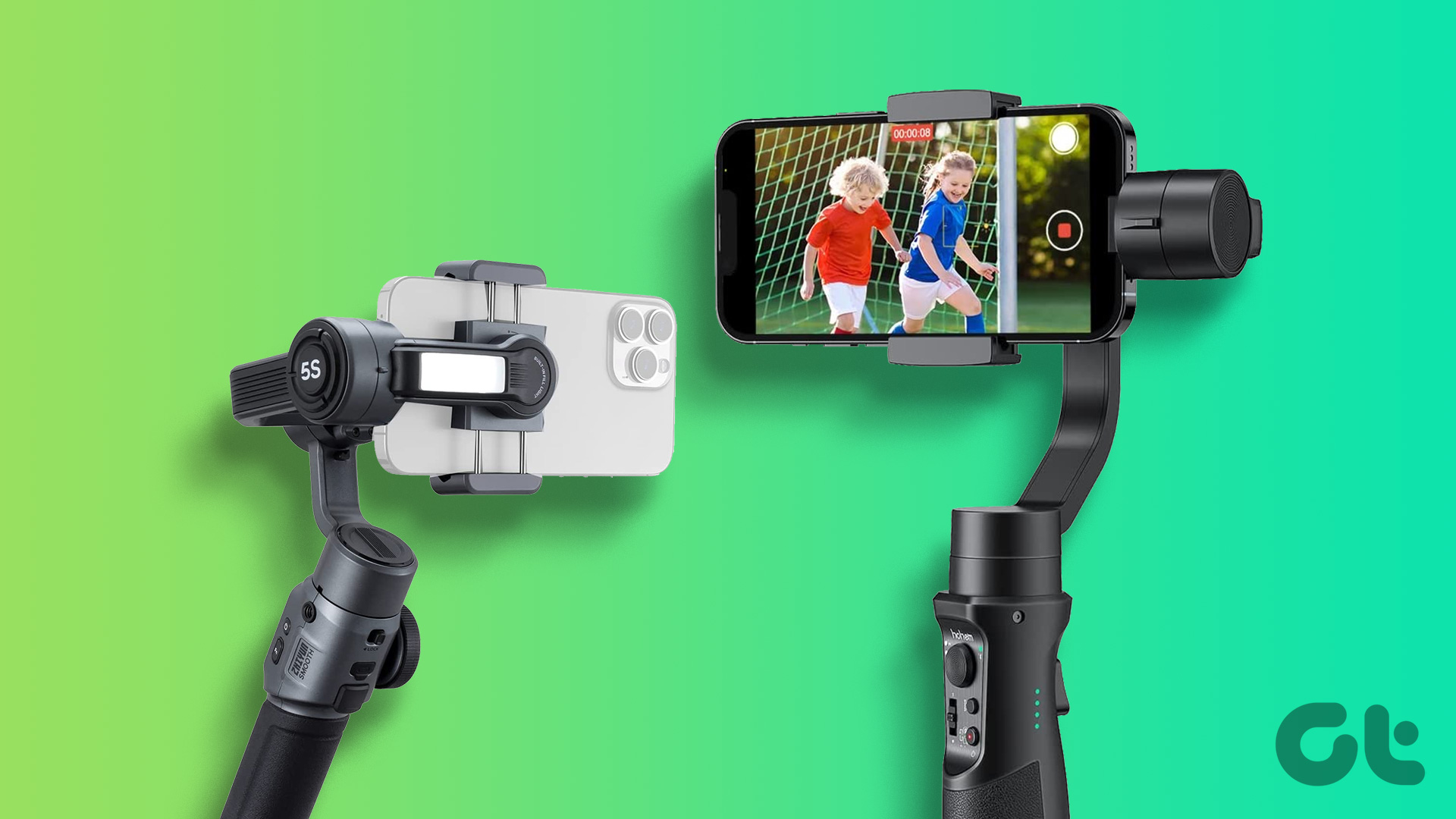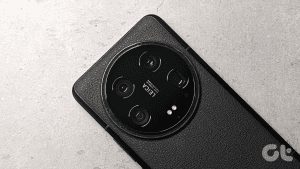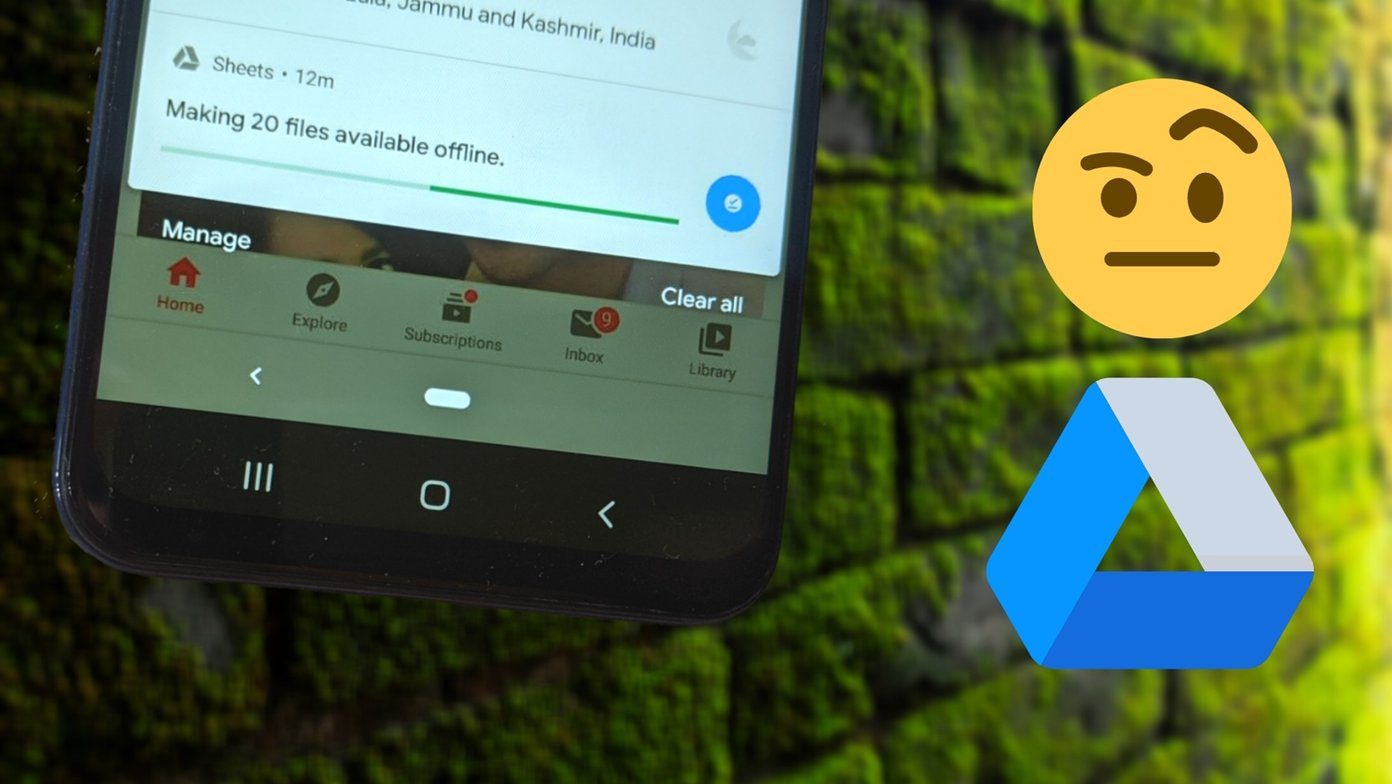How Does Wi-Fi Impact Battery Life?
When it comes to the battery life on your phone, several factors come into play. Screen-on time, background app usage, etc. But does Wi-Fi affect your phone’s battery life? Well, there’s not a straight answer to that.
Compared to cellular data, using Wi-Fi has a significantly lesser impact on the battery life of your phone. Plus, the Wi-Fi connections on our phones are smart these days. If it finds a spotty Wi-Fi connection, it will switch to a stable network automatically. In some cases, if the network is patchy, your phone may switch to mobile data which does consume more power, but it would still be less than frequently disconnecting and reconnecting to a network.

Apart from that, your phone’s connection settings also play a major role. Most Android phones let you search for public Wi-Fi networks. When enabled, this will prompt your phone to constantly search for available networks when you are on the move — even when Wi-Fi is turned off. This consumes power in the background. So, if you don’t want this, it’s best to turn the toggle off.

Notably, most modern-day phones have efficient processors that don’t drain a lot of battery even with Wi-Fi enabled at all times. So, you need not worry about turning the toggle off every time you step out.
Data Speed
Wi-Fi networks are generally faster than most mobile networks unless you live in the vicinity of a top-end 5G network (and you have a compatible phone). So whether you are sending out an email with several attachments or transferring larger files, switching to Wi-Fi will yield better results.
The same is also true if you are streaming songs or movies. You will need to stay within a strong network. If you are opening a web page to read an article, then, of course, speed is not much of a factor here.
Privacy Issues
Unlike a few years ago, most Wi-Fi networks are no longer open. The Wi-Fi Alliance released Wi-Fi Protected Access (or WPA) as a security standard in 2003. There are two more versions out after that.
WPA2 was released in 2004 and is one of the popular standards even today. Unfortunately, even though it’s more secure than its predecessor, there are some vulnerabilities. One of the popular vulnerabilities was codenamed Krack, in which hackers could read sensitive information from the Wi-Fi traffic.
Another recent case was when researchers found vulnerabilities in the Wi-Fi setup, which lets hackers inject malicious code into Wi-Fi traffic.
On the positive side, WPA2 networks give the owner of the network privacy and security. That said if you need to send over sensitive information via a public Wi-Fi network, the first option would be to see the nature of that network. For instance, iPhone users can see the nature of the security standard of the Wi-Fi network.

Or, you can use VPN services like Proton VPN if you are unsure about the nature of the Wi-Fi network.
Nonetheless, if you are simply in the mood to read up on a few articles while you are waiting for a friend in a mall or a cafe, the current WPA standards make sure that you can do so without trading sensitive information. But of course, you need to keep the potential risks in mind.
Again, if you want a secure home Wi-Fi network, it’s best to switch to WPA3-approved wireless routers like the ASUS RT-AX86U or ensure that your current devices are updated to the new standard. If you’re not going to download large files, stick to using your mobile data connection in crowded areas like airports and malls.
Was this helpful?
Last updated on 31 May, 2024
1 Comment
Leave a Reply
The article above may contain affiliate links which help support Guiding Tech. The content remains unbiased and authentic and will never affect our editorial integrity.











Wi fi on off problem
Not conneted